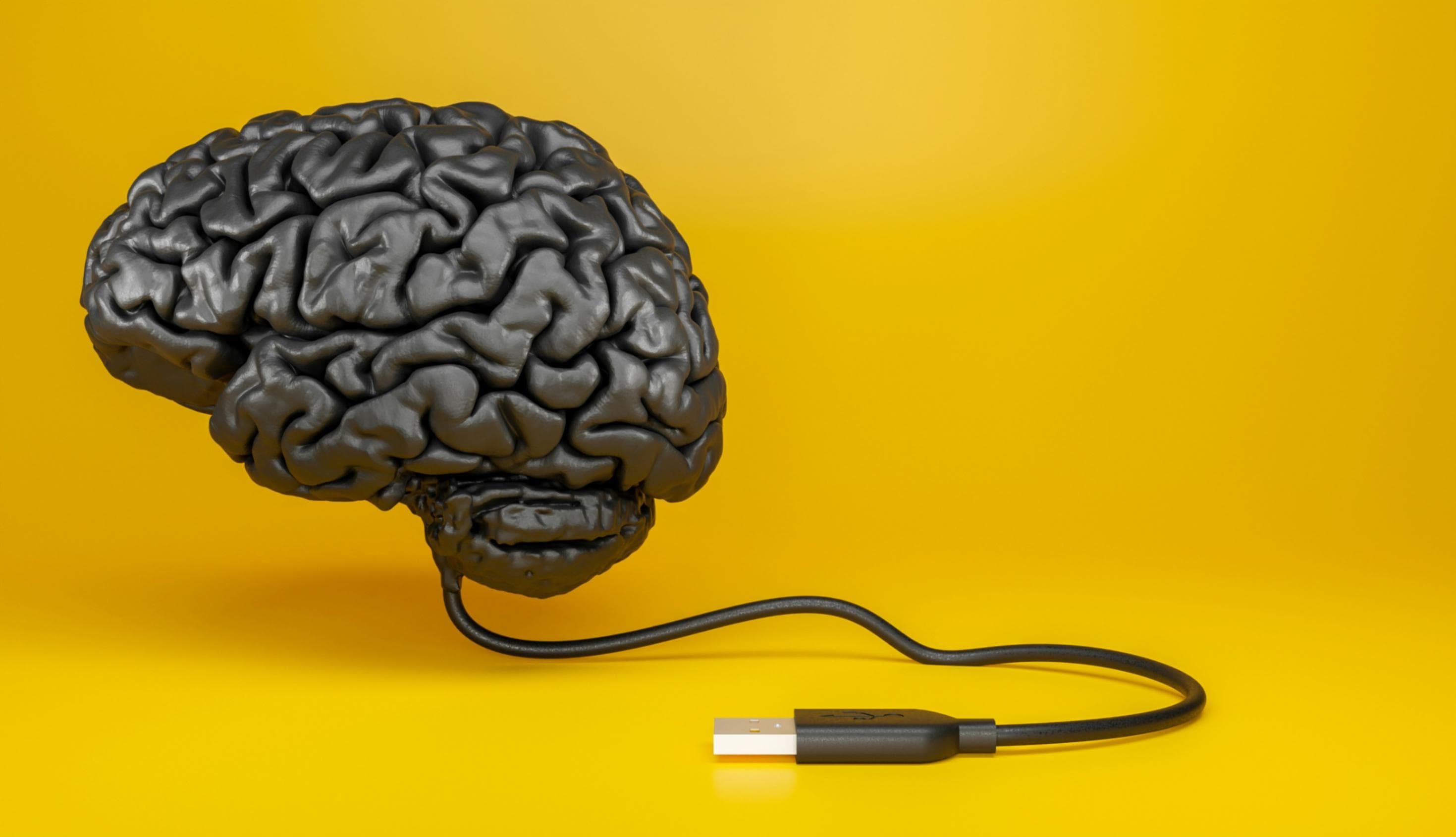
Becoming Ourselves: How Character Creation in Games Supports Identity, Connection, and Growth
Have you ever wished you could be a completely different person? As someone who has been playing different types of games, including D&D and video games, for over 40 yrs I can attest to how this can feel. In a world where technology increasingly shapes our relationships and sense of self, the creation of video game characters — whether in MMORPGs like Final Fantasy XIV, immersive VR platforms, or classic tabletop games like Dungeons & Dragons — has become far more than entertainment. It's a powerful tool for self-expression, personal development, and even therapeutic growth.
Crafting the Digital Self: Identity Formation and Aspiration
Character creation allows individuals, whether teens or adults, to explore facets of their personality in ways that feel both safe and empowering. In MMOs and VR environments, players often create avatars that either mirror their real-world identity or reflect who they aspire to be — stronger, bolder, more empathetic. This process offers a unique avenue for exploring strengths, values, and hidden desires.
For example, in Final Fantasy XIV, many players create characters that express gender fluidity, personal courage, or leadership traits they may be developing in real life. The freedom to customize appearance, race, class, and skills allows for a rich exploration of identity that can help build confidence offline as well.
Psychologists suggest that this kind of digital self-representation can be essential for developing self-concept, especially during formative years (Ratan et al., 2020).
Connection Beyond the Screen: Building Social Bonds
Games that involve shared character creation and storytelling, like Dungeons & Dragons or VR co-op adventures foster genuine human connection. Players collaborate to solve problems, build narratives, and achieve goals, practicing real-world communication skills in the process.
Real-life connections can grow from gaming too. I’ve been lucky to build friendships through World of Warcraft that have lasted over 15 years. Over time, I’ve met many of my guildmates in person while traveling across the country. I attended a wedding with several of them, watched one play in their band, and even caught a fantastic show in NYC with another. Today, a few of these once-"online friends" showed up at my house to help me pack for my upcoming move across the country. I used to say my friends lived in my computer — now they’re truly part of my real life.
Tabletop RPGs like D&D have also been used therapeutically — groups like Game to Grow, a nonprofit organization, run D&D sessions specifically designed to help kids and teens build social skills, manage anxiety, and connect with peers. Similarly, VR social platforms such as VRChat provide spaces where users create avatars and form communitie
Read-Only
$3.99/month
- ✓ Unlimited article access
- ✓ Profile setup & commenting
- ✓ Newsletter
Essential
$6.99/month
- ✓ All Read-Only features
- ✓ Connect with subscribers
- ✓ Private messaging
- ✓ Access to CityGov AI
- ✓ 5 submissions, 2 publications
Premium
$9.99/month
- ✓ All Essential features
- 3 publications
- ✓ Library function access
- ✓ Spotlight feature
- ✓ Expert verification
- ✓ Early access to new features
More from 2 Topics
Explore related articles on similar topics





